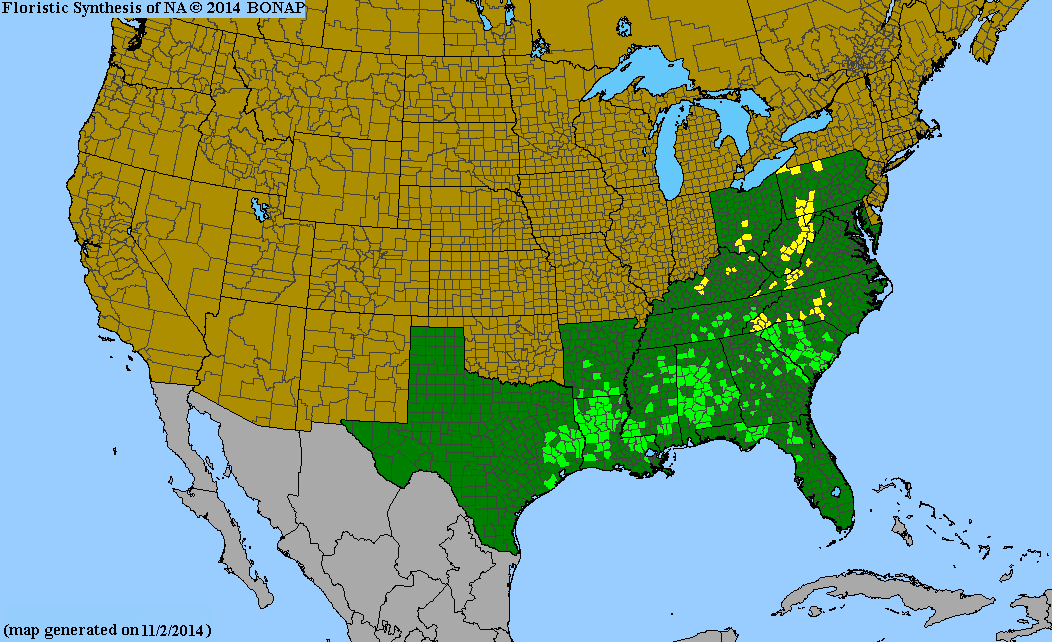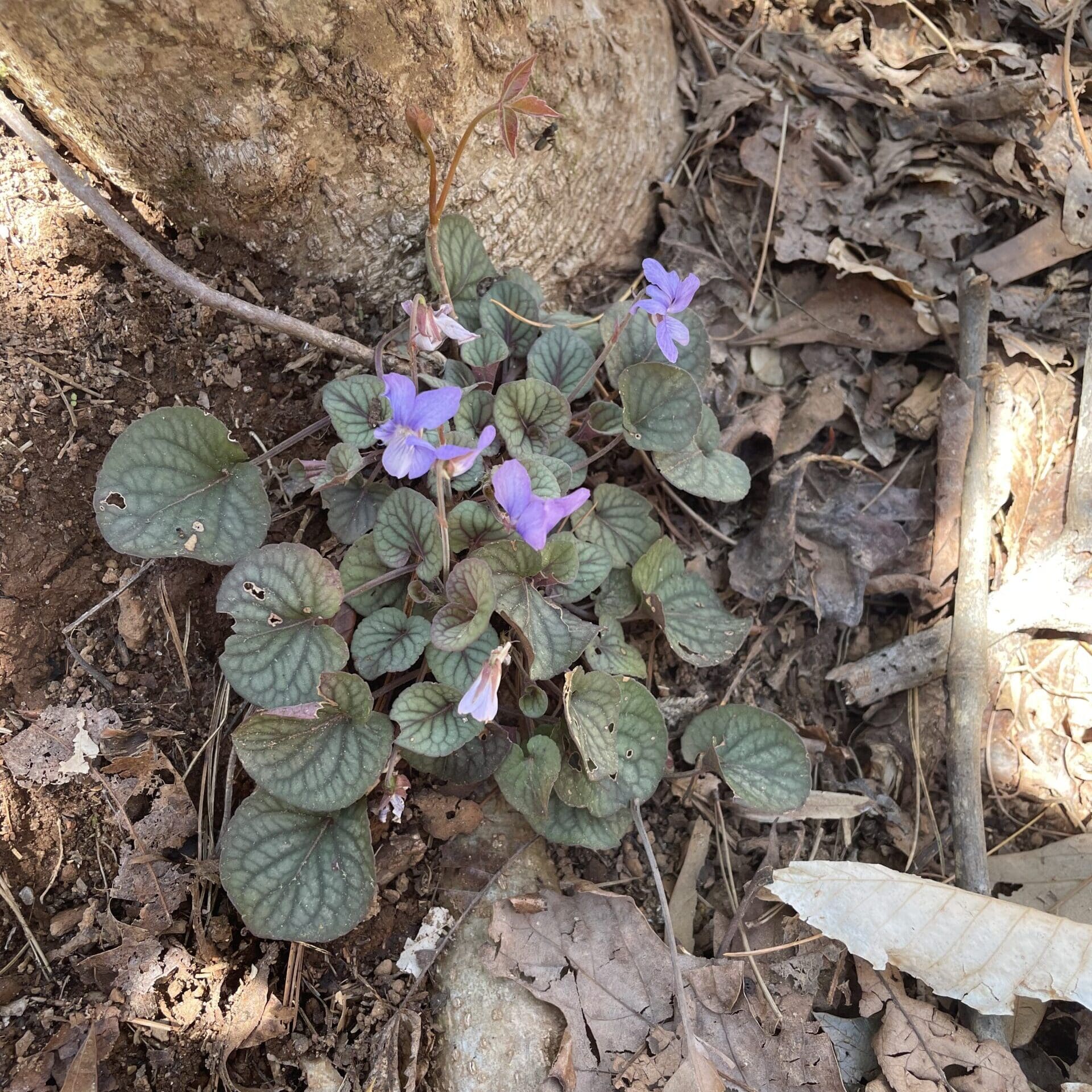Violaceae
Walter's violet
Viola walteri
Synonyms
Viola walteri var. walteri
Other Common Names
prostrate blue violet
Plant Type
Herbaceous Wildflower
Life Cycle
Perennial
Typical Size
0.25-0.5 ft. tall
0.25-1 ft. wide
Tolerant of
Drought
Inolerant of
Poorly Drained Soil, Direct Afternoon Sun
Propagation
By seed, By cutting, By division
Plant Planting Notes
Ensure protection from direct afternoon sun.
Plants/Diseases
No significant disease or pest issues.
Wildlife Benefits
Nectar/pollen source for pollinating insects, Host plant for butterfly larvae
Leaves
Leaves alternate and basal, cordate, orbicular, ovate, or reniform with crenate to entire margins.
Flowers
Solitary deep purple to blue flowers.
Fruit
Capsule.
Toxicity
No known toxicity.

USDA Hardiness Zones
5, 6, 7, 8, 9
Light Exposure
Part Sun/Shade, Full Shade
Soil Moisture
Dry, Medium, Moist
Soil Drainage
Well-drained
Soil pH
Acidic (less than 6.0), Neutral (6.0-8.0)
Native in South Carolina?
Yes
Plant Native Habitat
Woodlands and forests with nutrient rich soils.
Global Conservation Status (NatureServe)
Secure (G5)
Federal Conservation Status (USFWS)
Not Listed
Distribution Notes
Rare in the South Carolina coastal plain and sandhills. Common in the piedmont and mountains.

